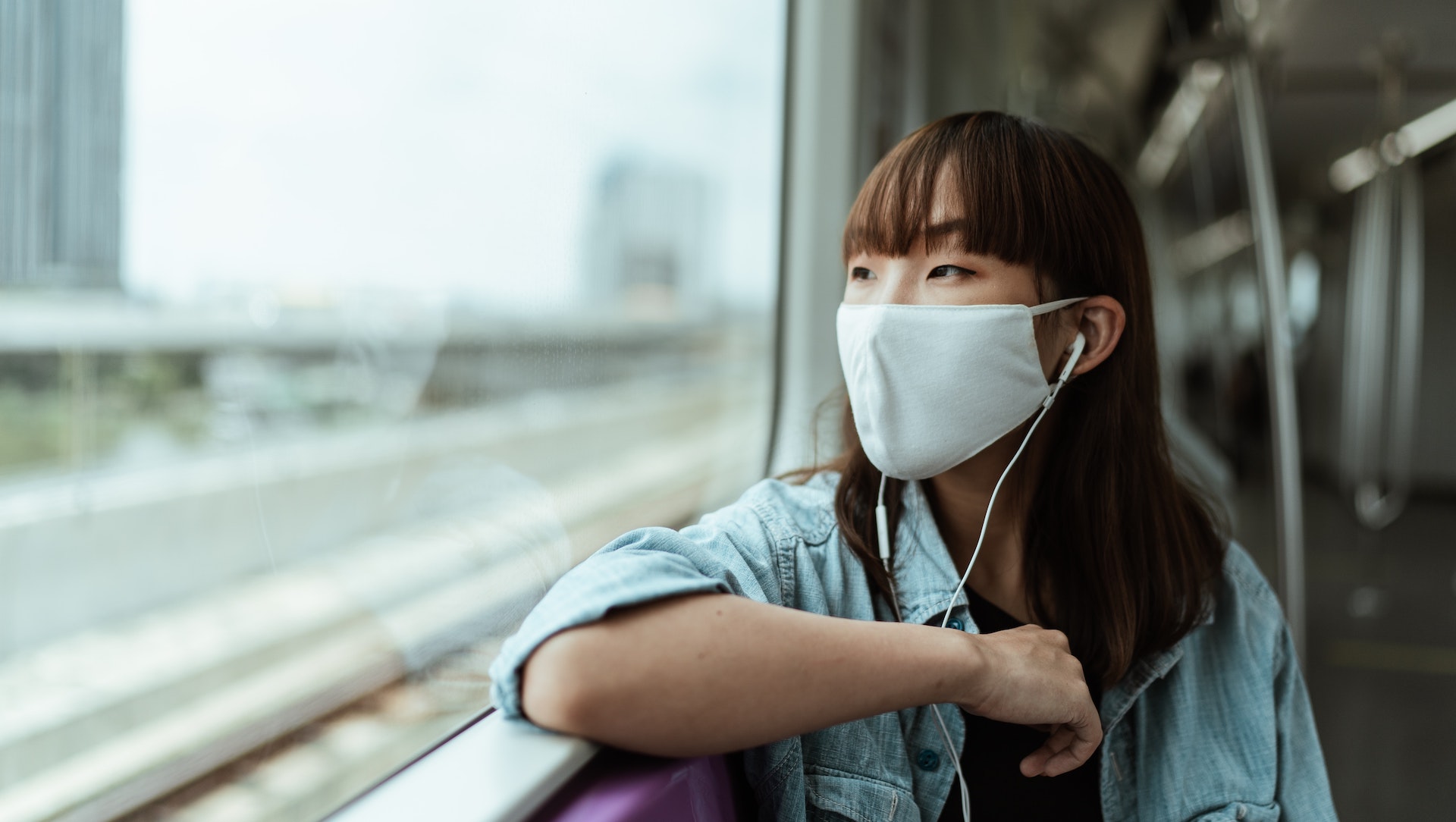China is experiencing an increase in respiratory illnesses since the lifting of health barriers against covid. But since the beginning of November 2023, an undiagnosed pneumonia, which is causing an epidemic peak among the country’s children, has attracted the attention of the WHO.
Since its lifting of restrictions against covid, China has seen an increase in cases of respiratory diseases. This increasing curve is attributed to the lifting of health barriers. But since the beginning of November 2023, the WHO (World Health Organization) emerging diseases surveillance program has noticed that a certain number of these cases of pneumonia, in children, were “ undiagnoseds”. In short, not yet identified.
The ISID (International Society for Infectious Diseases) organization is indeed reporting a significant epidemic in hospitals in northern China, in pediatric departments and emergency rooms. The reports do not mention the seriousness of this pneumonia. As for symptoms, little information is available: in the ISID report, there is talk of fever and pulmonary nodule, which still remains vague.
An official request from WHO on the situation
The World Health Organization sent an official request to China at the end of November to obtain more information on these unidentified pneumonias. For the moment, it is impossible to project anything about the nature of this epidemic peak: it is too early to prospect for a new virus and draw a parallel with the emergence of covid. The WHO is playing the caution card and, above all, seeking to impose transparency on China.

Chinese authorities have put these cases in the same group as the natural increase in infections after the lifting of anti-covid restrictions. The WHO, for its part, believes that this is not so obvious at the moment: “ It is unclear whether these events are related to the general increase in respiratory infections previously reported by Chinese authorities, or whether they are separate events », Explains the organization in a press release published on November 22.
The WHO calls in particular “ additional epidemiological and clinical information and laboratory results regarding these clusters of cases reported in children (…)”, i.e. data on the spread of these cases (number of people, traffic trends, speed of contamination, etc.) and on their symptoms – as well as the weight on the health system, in hospitals.
Pending additional information, the WHO recommends that residents of China take measures to contain the risks of spreading respiratory diseases: vaccinations, in particular, but also isolation at home in the event of infection, physical distancing with patients, wearing a mask, necessary tests, and other health measures such as ventilation and regular hand washing.
The WHO is probably learning the lesson from the early days of the SARS-CoV-2 coronavirus, where one of the main epidemiological problems had been the lack of rapid transparency on the very emergence of a new disease. This system has since been strengthened internationally.
If you liked this article, you will like the following: don’t miss them by subscribing to Numerama on Google News.
